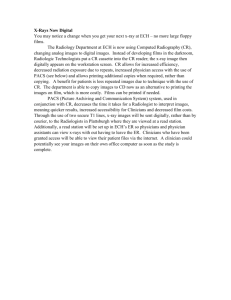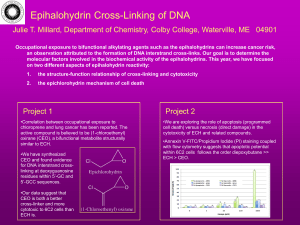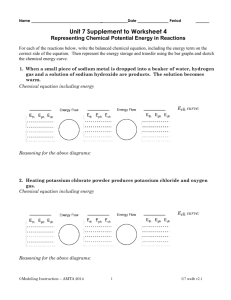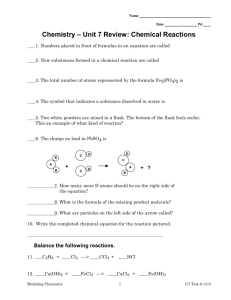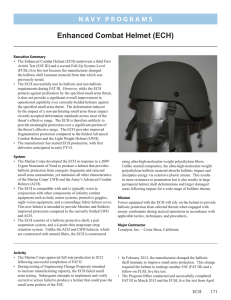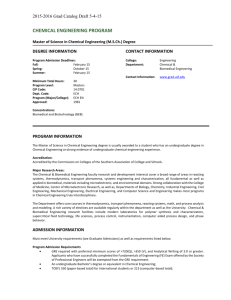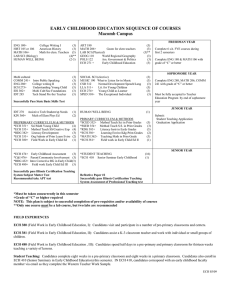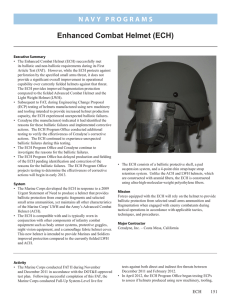Enhanced Combat Helmet (ECH)
advertisement
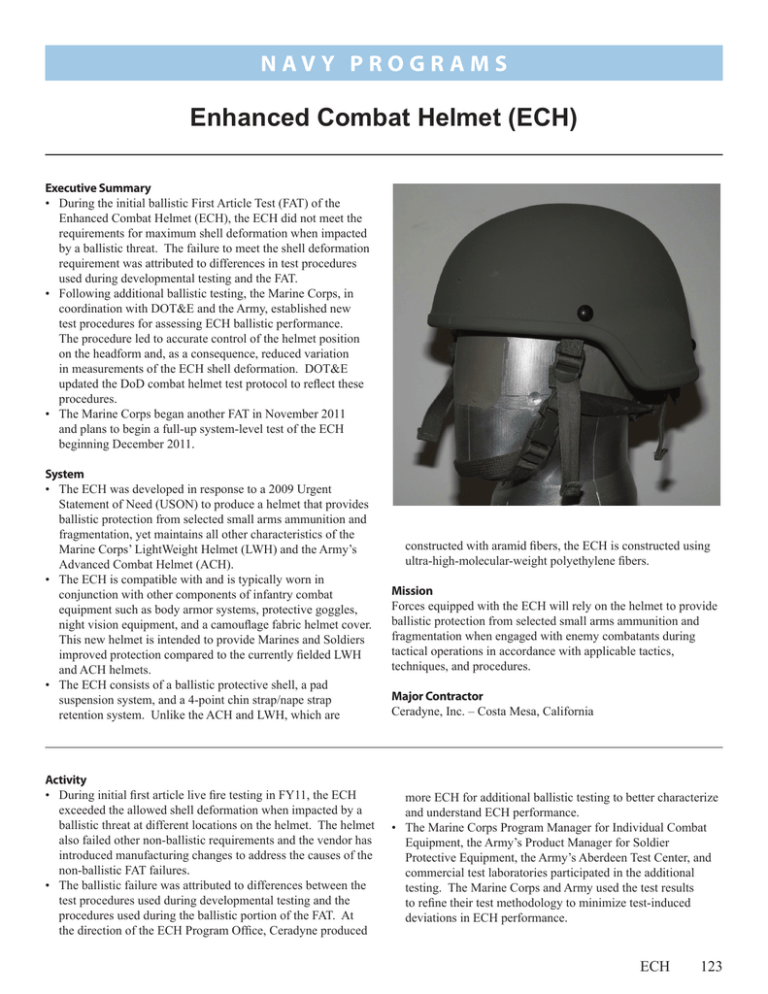
N a v y P ROGRAMS Enhanced Combat Helmet (ECH) Executive Summary • During the initial ballistic First Article Test (FAT) of the Enhanced Combat Helmet (ECH), the ECH did not meet the requirements for maximum shell deformation when impacted by a ballistic threat. The failure to meet the shell deformation requirement was attributed to differences in test procedures used during developmental testing and the FAT. • Following additional ballistic testing, the Marine Corps, in coordination with DOT&E and the Army, established new test procedures for assessing ECH ballistic performance. The procedure led to accurate control of the helmet position on the headform and, as a consequence, reduced variation in measurements of the ECH shell deformation. DOT&E updated the DoD combat helmet test protocol to reflect these procedures. • The Marine Corps began another FAT in November 2011 and plans to begin a full-up system-level test of the ECH beginning December 2011. System • The ECH was developed in response to a 2009 Urgent Statement of Need (USON) to produce a helmet that provides ballistic protection from selected small arms ammunition and fragmentation, yet maintains all other characteristics of the Marine Corps’ LightWeight Helmet (LWH) and the Army’s Advanced Combat Helmet (ACH). • The ECH is compatible with and is typically worn in conjunction with other components of infantry combat equipment such as body armor systems, protective goggles, night vision equipment, and a camouflage fabric helmet cover. This new helmet is intended to provide Marines and Soldiers improved protection compared to the currently fielded LWH and ACH helmets. • The ECH consists of a ballistic protective shell, a pad suspension system, and a 4-point chin strap/nape strap retention system. Unlike the ACH and LWH, which are Activity • During initial first article live fire testing in FY11, the ECH exceeded the allowed shell deformation when impacted by a ballistic threat at different locations on the helmet. The helmet also failed other non-ballistic requirements and the vendor has introduced manufacturing changes to address the causes of the non-ballistic FAT failures. • The ballistic failure was attributed to differences between the test procedures used during developmental testing and the procedures used during the ballistic portion of the FAT. At the direction of the ECH Program Office, Ceradyne produced constructed with aramid fibers, the ECH is constructed using ultra-high-molecular-weight polyethylene fibers. Mission Forces equipped with the ECH will rely on the helmet to provide ballistic protection from selected small arms ammunition and fragmentation when engaged with enemy combatants during tactical operations in accordance with applicable tactics, techniques, and procedures. Major Contractor Ceradyne, Inc. – Costa Mesa, California more ECH for additional ballistic testing to better characterize and understand ECH performance. • The Marine Corps Program Manager for Individual Combat Equipment, the Army’s Product Manager for Soldier Protective Equipment, the Army’s Aberdeen Test Center, and commercial test laboratories participated in the additional testing. The Marine Corps and Army used the test results to refine their test methodology to minimize test-induced deviations in ECH performance. ECH 123 N a v y P ROGRAMS • The Marine Corps also tested the ECH at the Army Research Laboratory using digital imaging correlation. This testing measured ECH deformation when the helmet was not constrained by the clay-filled aluminum headform normally used during testing. Digital imaging correlation tests revealed the ECH sustained more permanent deformation from a shot than was previously known; this affected the helmet’s ballistic performance on subsequent shots to the same helmet. • Data analysis of the additional ballistic testing revealed that the ECH position on the headform significantly affected the results. The Marine Corps, in coordination with DOT&E and the Army, established a new test procedure to better control the helmet position; data obtained using this new procedure showed considerably reduced variability in deformation measurements. DOT&E incorporated these procedures into the DoD combat helmet testing protocol for use when testing ultra-high-molecular-weight polyethylene-based helmets. 124 ECH • The Marine Corps began a second FAT in November 2011 is scheduled to conduct a full-up system-level test beginning in December 2011 to demonstrate whether the ECH meets its ballistic protection requirements. Assessment DOT&E will assess ECH performance when testing concludes in FY12 and the data analysis is complete. DOT&E will provide recommendations as part of its ECH live fire beyond low-rate initial production report to Congress in FY12. Recommendations • Status of Previous Recommendations. This is the first annual report for the ECH program. • FY11 Recommendations. None.

